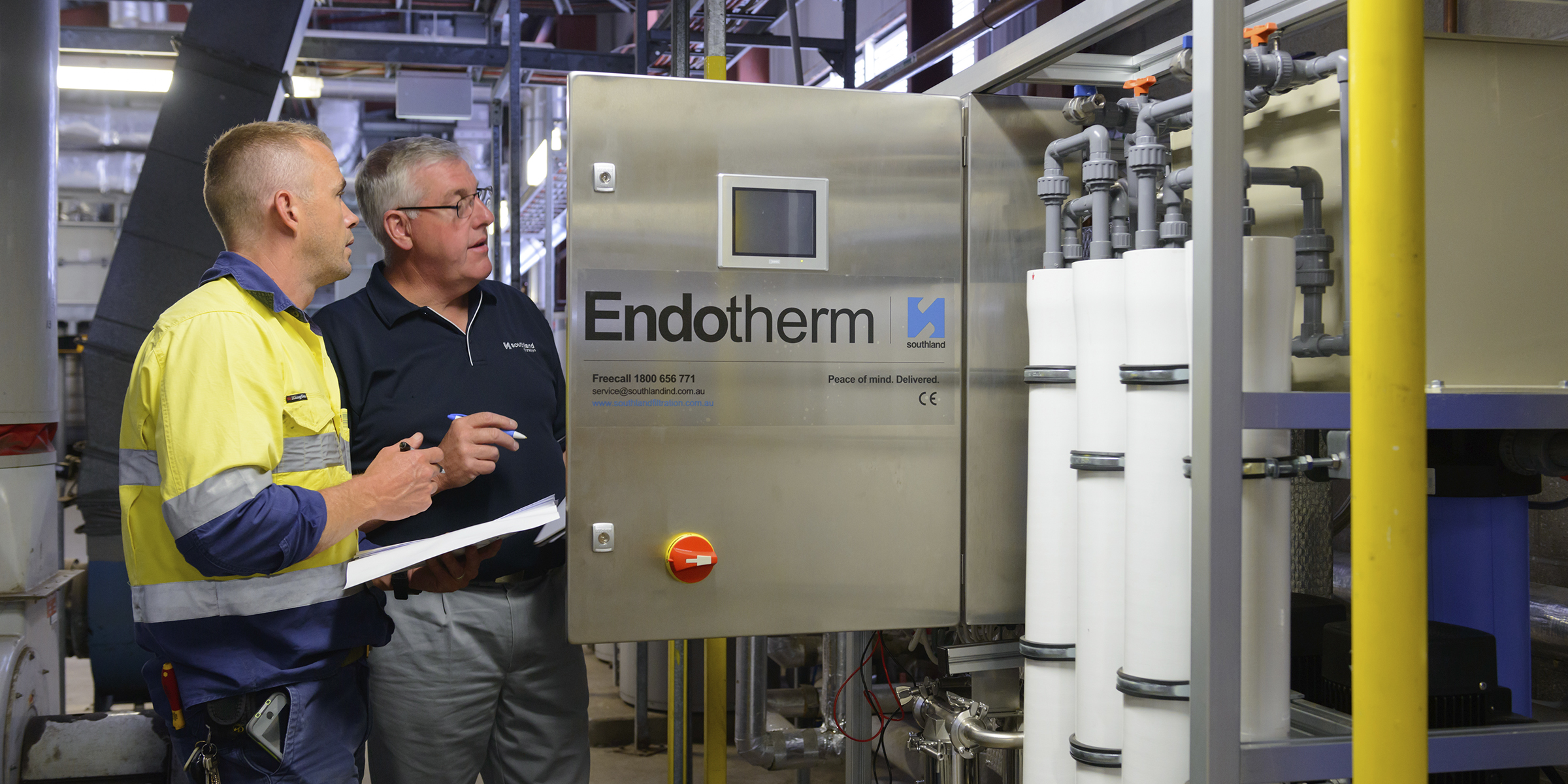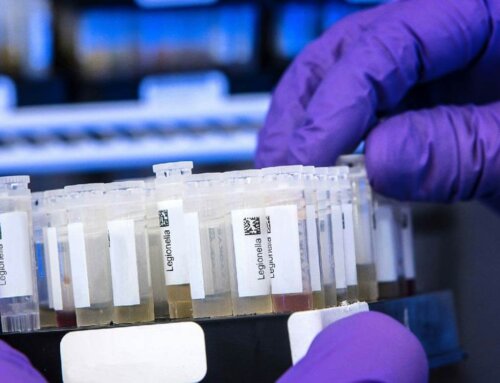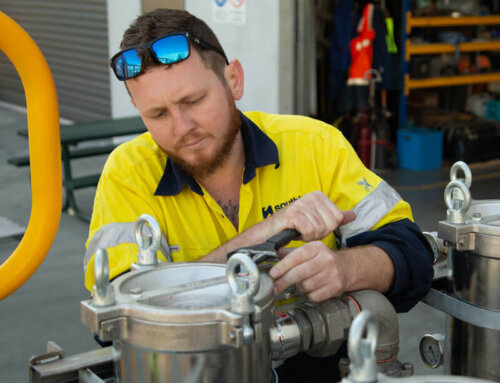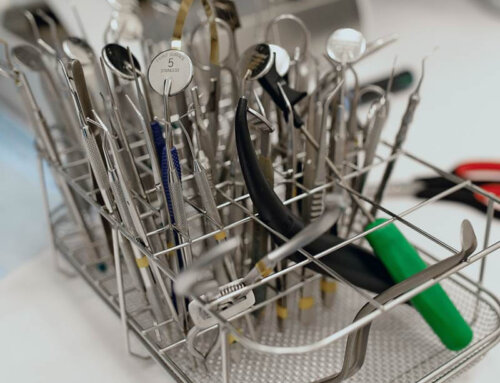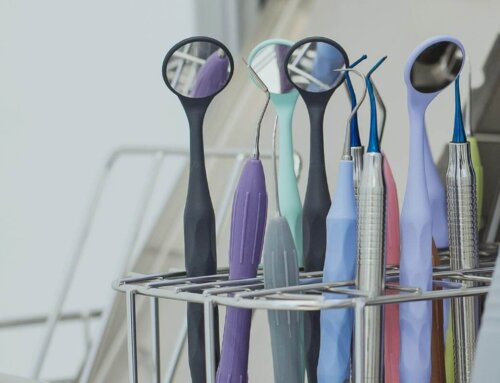Date: 28/02/2024
Read Time: 3 minutes
Author: Dr Surani McCaw, B.E. (Chemical), Ph. D.
Article Key Points:
- Consider design, operation, and maintenance as interconnected elements in water system management.
- Look beyond immediate needs and focus on long-term viability and compliance of water systems to ensure sustained effectiveness.
- Choose RO unit suppliers with proven track records in biofilm control and compliance adherence.
- Exercise caution when evaluating claims of expertise in RO plant design in infection control and promises of a 25-year design life.
Introduction
Over the past decade, Australia has been striving to meet the AS 5369:2023 standard for reprocessing reusable medical devices, previously known as AS/NZS 4187:2014. In healthcare, terms like Reverse Osmosis (RO) and thermal disinfection have become common idioms.
RO and thermal disinfection, while scientifically intricate, have often been oversimplified and misapplied in infection control. RO, when not correctly implemented, can inadvertently foster bacterial growth, and can waste water, hindering efficient healthcare facility operations. Similarly, thermal disinfection, if improperly executed, can elevate endotoxin levels and promote the proliferation of thermotolerant bacteria, necessitating costly system replacements.
Some RO unit suppliers offer assurance in microbial compliance using “UV sterilisers” and “Endotoxin filters”, yet these solutions can generate endotoxins and may not effectively remove lipopolysaccharide component of these endotoxins, adhering to internal pipe surfaces.
Where these two processes are used, they must only be used as secondary processes to compliment a correctly designed RO unit with thermal disinfection.
In essence, employing complex scientific processes with inadequate design and understanding can yield more adverse effects than using municipally treated water alone. However, when applied correctly, the combination of RO and thermal disinfection can significantly benefit hospital environments, enhancing infection control and managing both capital and operational costs.
Risk Management Checklist for Purified Water Systems
1. Ringmain Pump Selection:
- Ensure the ringmain pump is selected to maintain velocity above 1 m/s back to the tank, even during peak CSSD operation.
2. RO System Operation:
- Size the heating element for the RO system to maintain ringmain temperature at 65°C during maximum water consumption periods by the CSSD. Noting temperatures between 45 and 65°C will increase the growth of thermotolerant bacteria.
- Confirm thermal disinfection maintains temperatures in the loop between 80 to 90°C even at the point where the temperature will be the lowest due to heat dissipation to the environment, which is the ringmain return point to the tank on the RO system.
- Monitor if the RO system generates more water for use than it discharges down the drain.
Key Elements for Effective Purified Water Systems
1. Ringmain Infrastructure:
- Use appropriate pipe material and size to prevent erosion and corrosion, reducing the risk of biofilm growth.
- Ensure proper ringmain design to prevent chemical disinfectant accumulation and CSSD equipment damage. Address dead legs and water stagnation areas to prevent persistent biofilm growth and accumulation of endotoxins.
2. Assurance and Maintenance:
- Choose an RO unit supplier experienced in biofilm control design, with proven installations meeting the AS/NZS 5369:2023 standard.
- Conduct site visits to operational RO plants of the same design and size, unchanged for at least 3 years, installed by the chosen RO unit supplier to verify their integrity.
- Engage in open discussions with end users and CSSD personnel at these sites to ensure the correct choice has been made for your confidence in guaranteeing microbial compliance for 10 to 15 years to the hospital.
Rationale for 3 Years of Operation
- Extensive evidence suggests that it takes a minimum of 3 years for persistent biofilm to establish control in an RO system operating under steady-state conditions.
- “Persistent” refers to bacteria’s ability to adapt and establish a strong foothold.
- “Steady-state” implies the system operates without physical changes over its duration.
Have Questions? We Have Answers
Want to find out more about purified water systems? Email Dr Surani McCaw today.
